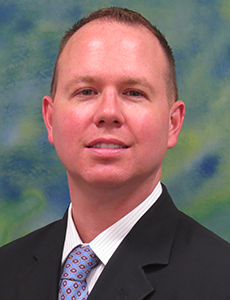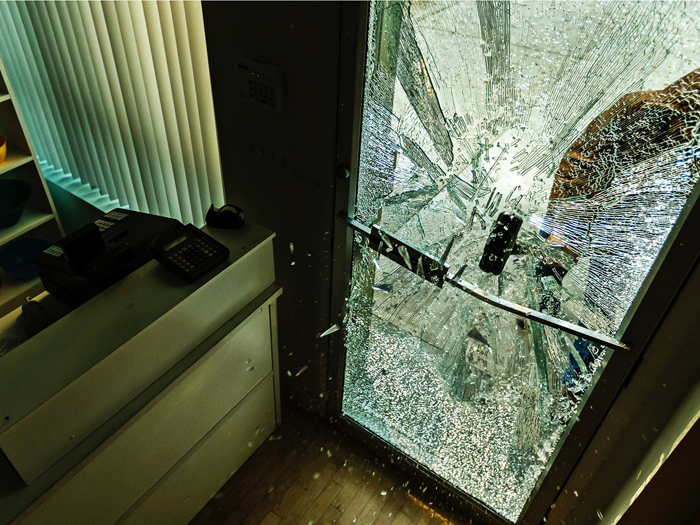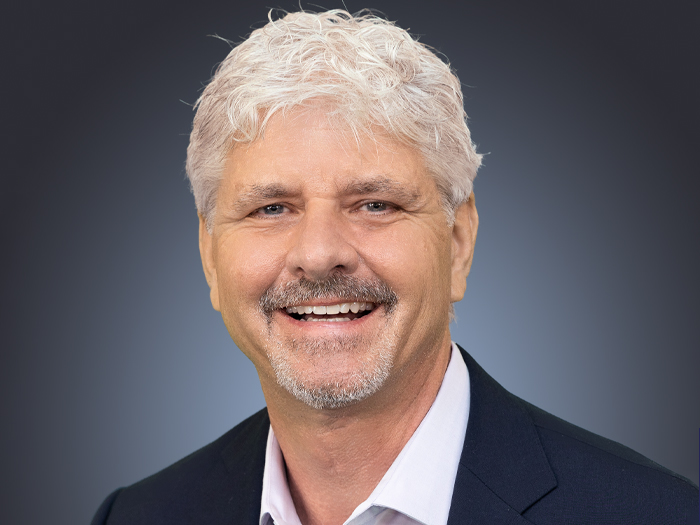Sponsored: State of Vermont
Now Is the Time for Multinationals with U.S. Affiliates to Form a Captive in Vermont. Here’s Why

The risks undertaken by a global company are varied and complex. Insuring them – while always a bit of a jigsaw puzzle – is becoming even more challenging thanks to rising rates across a number of lines.
“Markets have been transitioning over the past 18 or so months, and that will continue in 2020,” said Mike Serricchio, Managing Director with Marsh Captive Solutions. “Companies of all shapes and sizes in all industries are feeling the pressure of not only increased premium rates, but also non-renewals, diminished capacity, lower limits, more restrictive terms and conditions, and higher retention or attachment points.”
That pressure is forcing companies to think outside of the box and look beyond the traditional insurance market for solutions. Captives present a promising alternative that offers companies not just premium savings, but also greater control over their claims and an incentive to improve risk management. For multinationals, captives also are a boon for one of their greatest challenges: regulatory compliance.
“The global insurance marketplace is increasingly complex, and the regulatory environment multinational companies face can present unique challenges,” said Bob Gagliardi, Senior Vice President and Head of Captive Management for AIG. “For many companies, utilizing a controlled master program, with a captive to retain their desired risk, can help them meet both their regulatory compliance and risk management needs.”
Captives have grown exponentially over the past 10 years, and all signs indicate that the trend will continue. Here’s why multinationals with U.S. affiliates should consider forming their own captive insurance company and how to select the right domicile for their needs.
Cost, Compliance and Control: The Benefits of Captives for Global Companies

Mike Serricchio, Managing Director with Marsh Captive Solutions
Especially as coverage becomes more expensive in the traditional market, one of the greatest advantages of forming a captive is the ability to craft bespoke terms and conditions at a lower rate. Quality of coverage doesn’t have to be sacrificed in order to protect the bottom line.
“The program flexibility granted by a captive is often one of its greatest benefits,” said Gagliardi. “The traditional market may not provide sufficient capacity or coverage terms. A captive can step in to cover these gaps, and the owner can then choose to retain those risks or directly access the reinsurance market.”
The freedom to create custom coverage also gives organizations greater choice when it comes to claim management.
“Insureds often envision their claims getting sucked into this black hole within a big insurance organization,” Serricchio said. “With a captive, you have control over the claims adjusting process, the decision whether to settle or fight a claim, and which defense counsel you want representing you. You aren’t beholden to every process and rule set in place by an insurance carrier.”
This generally leads to greater satisfaction with claim outcomes and helps to boost efficiency by standardizing and centralizing claim handling processes. A central view of claims also helps to identify key loss drivers and prioritize risk management efforts.
“For example, multinational pooling of international employee benefits could be a way for an organization to get a better handle and control on claims, help with human resources needs, and also maybe save some hard dollars,” Serricchio said.
Because they reduce reliance on another insurer’s paper, captives also help multinationals stay compliant with local regulations while minimizing barriers like differences in insurance law, customs and language.
“If, for example, an insurance carrier is willing to write locally admitted policies at a relatively low deductible — let’s call it US$100,000 in 50 countries — your captive can then reinsure the difference up to the limit you want, because the parent can take a much higher retention than the local country,” Serricchio said.
“This way you retain control of the coverage while staying in compliance by using locally licensed policies as the primary layer. Everybody’s got skin in the game and it’s an advantageous situation for all,” he said.
What to Look for in a Domicile

Bob Gagliardi, Senior Vice President and Head of Captive Management for AIG
Multinational corporations have plenty of options when choosing a home for their captive. Bermuda and the Cayman Islands have historically been two of the most prominent domiciles in the world, but for many companies, particularly those with U.S. affiliates, there may be big advantages to staying onshore.
One such advantage is the stability of the regulatory environment. There are longstanding, comprehensive regulations in place when it comes to insurance, but regulators also tend to be collaborative, communicative, transparent and open to change when it benefits the industry.
There are also a few unique U.S. regulations that yield advantages for captive companies.
“There are three significant things that you can do with a US or US-branch of a foreign captive that you can’t do anywhere else,” Serricchio said.
“One is participation in the Terrorism Risk Insurance Act, which gives you a federal backstop for terrorist events. Second is the ability to fund US ERISA employee benefit risks through a captive. Employee benefits are expensive, and funding programs through a captive can potentially offer huge savings and more efficient administration. And the third has to do with the dual consolidated loss rules. Essentially, being offshore precludes a captive from offsetting its losses with the income of the US parent. ”
Another reason to stay onshore is to avoid any misperception that offshore operations are being used to dodge unfavorable regulations.
Experience and Reputation Matter
Within the U.S., the growing popularity of captives is evidenced by an increasing number of domiciles. Nearly three dozen states currently allow the formation of captives within their borders.
However, there remains one standout. Vermont was the among first states to establish captive-enabling legislation in 1981 and continues to be the largest domicile in the country and third largest in the world, hosting nearly 600 active captives, including approximately 100 international companies.
Thanks to their experience in the captive industry, Vermont regulators have also earned a reputation for being flexible and responsive. As new risks and new technologies emerge, captives will continue to grow and evolve, necessitating certain changes to their structure and underwriting capabilities.
Captives based in Vermont say that the state regulators actually listen to their inquiries and advocate on their behalf to state legislators. Regulators have taken the time to build relationships with policymakers that enable them to enact meaningful changes.
“Vermont is constantly working to maintain its position as a market leader and keep its captive laws at the forefront of the industry,” Gagliardi said. “Vermont’s experience as a domicile is an advantage as the industry faces an evolving future. The domicile is very well placed to capitalize on the changing regulatory landscape as well.”
Accessibility extends beyond state borders as well. As the leading U.S. domicile, Vermont invests in captive insurance education for risk management professionals not just in other states, but in other countries. Later this year, the State of Vermont and Vermont Captive Insurance Association (VCIA) will be taking their show on the road to Mexico City and Luxembourg, where they will host educational forums presented by leading captive experts on the global captive market and benefits of being in Vermont.
To learn more about the State of Vermont’s captive insurance industry, visit https://www.vermontcaptive.com/.
This article was produced by the R&I Brand Studio, a unit of the advertising department of Risk & Insurance, in collaboration with State of Vermont. The editorial staff of Risk & Insurance had no role in its preparation.










